Search

News & Events
Harvard Professor captivates at Annual Community LectureProfessor Bloom used his time to make a powerful case for the idea that 'healthier means wealthier' at the The Kids Annual Community Lecture for 2017
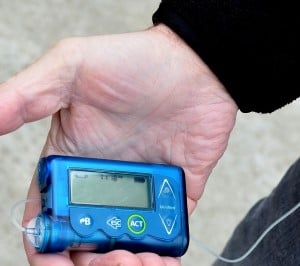
News & Events
Cholesterol and blood pressure drugs help teens with diabetesThe study involved screening young people to learn more about the development of long-term kidney, eye and cardiovascular complications in adolescents with T1D.
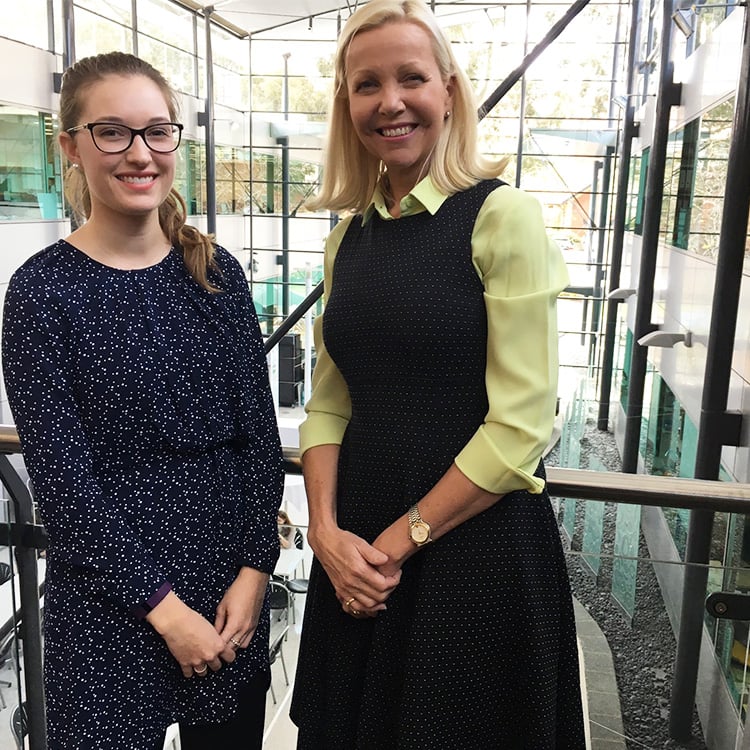
News & Events
CoLab scholarship to help drive better access to support servicesCurtin University researcher Belinda Cuomo is one of the first recipients of a CoLab Top-Up Scholarship.

News & Events
Long-term The Kids Research Institute Australia researchers honoured by prestigious AcademyProfessors Carol Bower & Steve Zubrick have been inducted as new Fellows to the prestigious Australian Academy of Health and Medical Sciences.
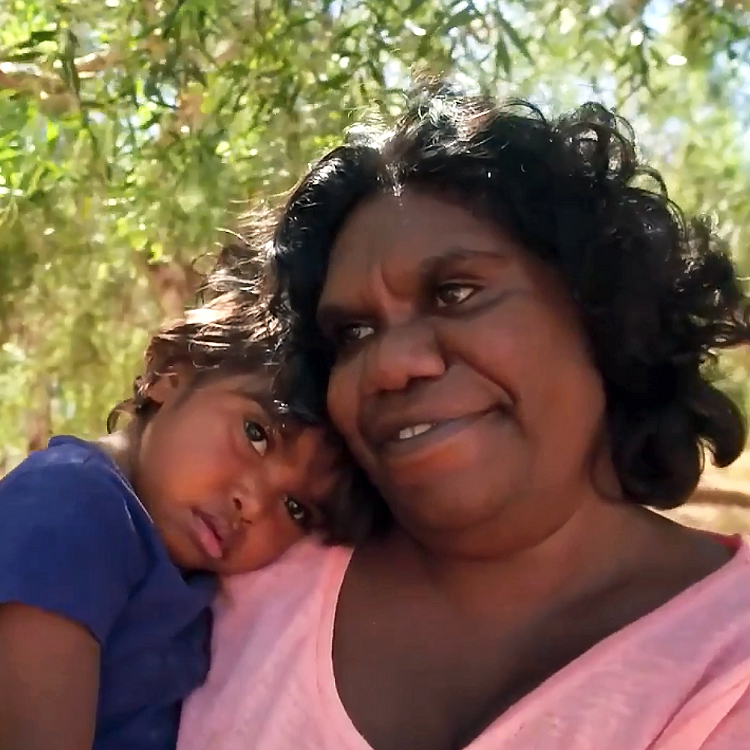
News & Events
Making FASD History in the Pilbara: celebrating International FASD Awareness DayTo mark International FASD Awareness Day, The Kids will launch a series of health promotion videos that feature local Aboriginal community members.
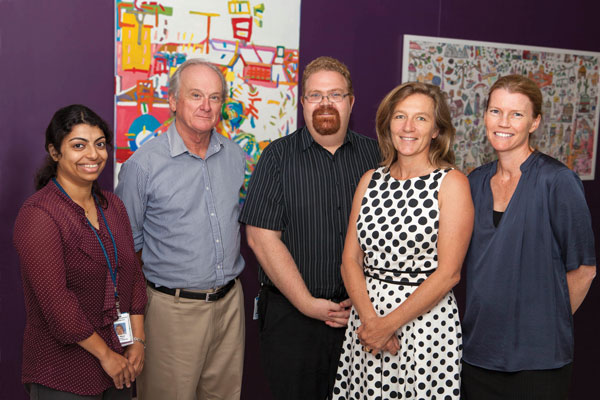
News & Events
High hopes for preventing lowsResearchers led by the team at the Children’s Diabetes Centre at The Kids have taken a key step to a fully automated closed-loop insulin delivery system.
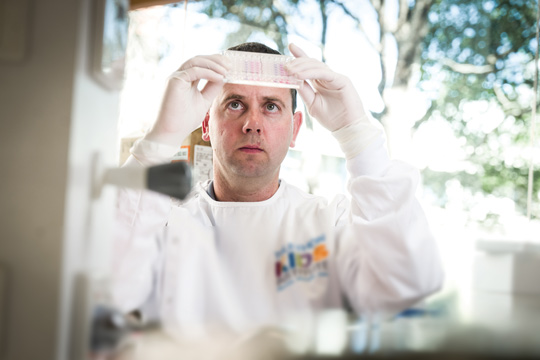
News & Events
Researchers unlock potential new cancer weaponIn an exciting breakthrough for cancer treatment, a new weapon to enable the immune system to combat the disease may have been unlocked.
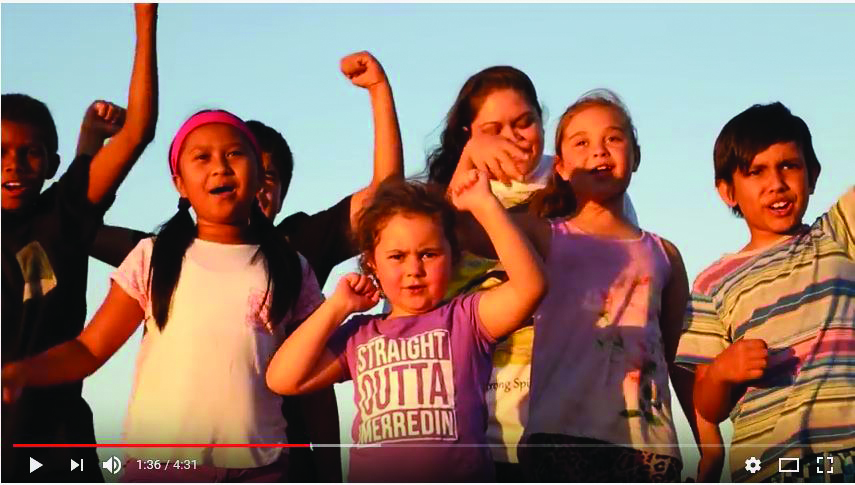
News & Events
Program aims to stop skin infections in their tracksAn innovative program set to run for about two and a half years aims to halve the number of children affected by skin infections.
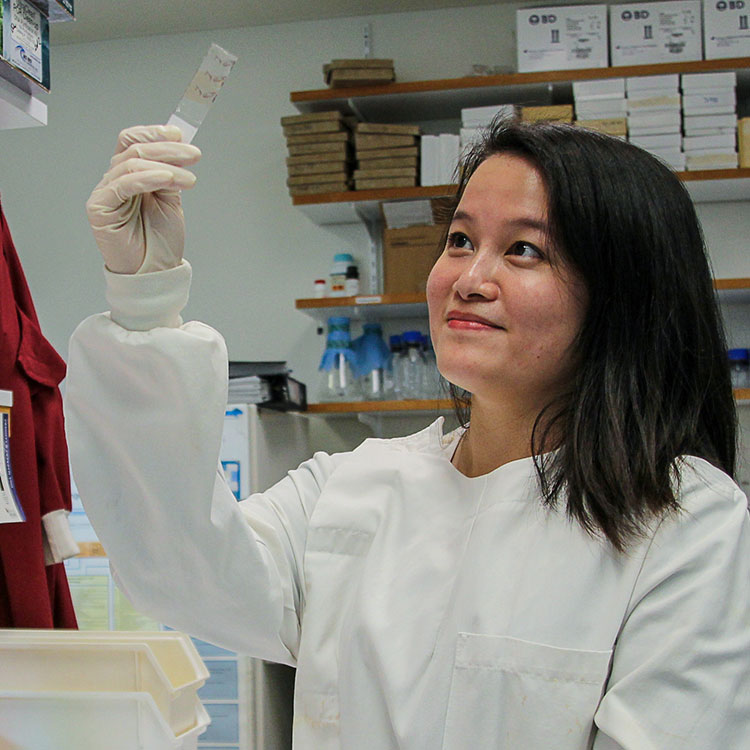
News & Events
State Government boost for The Kids researchThe Kids Research Institute Australia researchers have been awarded five of eight State Government awards designed to help cover the hidden costs of conducting research.
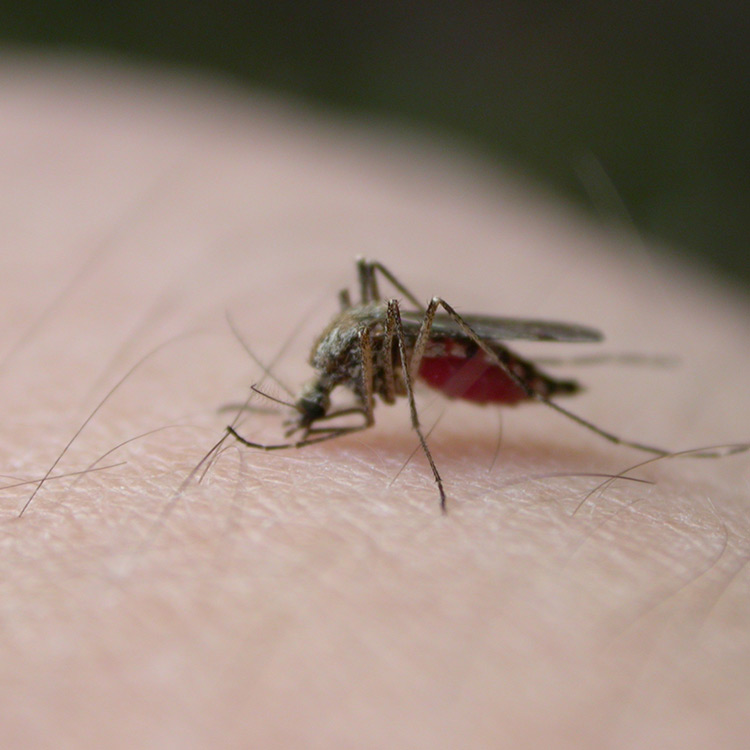
News & Events
Zika threat leads to Australian-first microcephaly studyWA Researchers have conducted an Australian-first study to determine the prevalence of microcephaly, in preparation of any future outbreak of the Zika virus.
